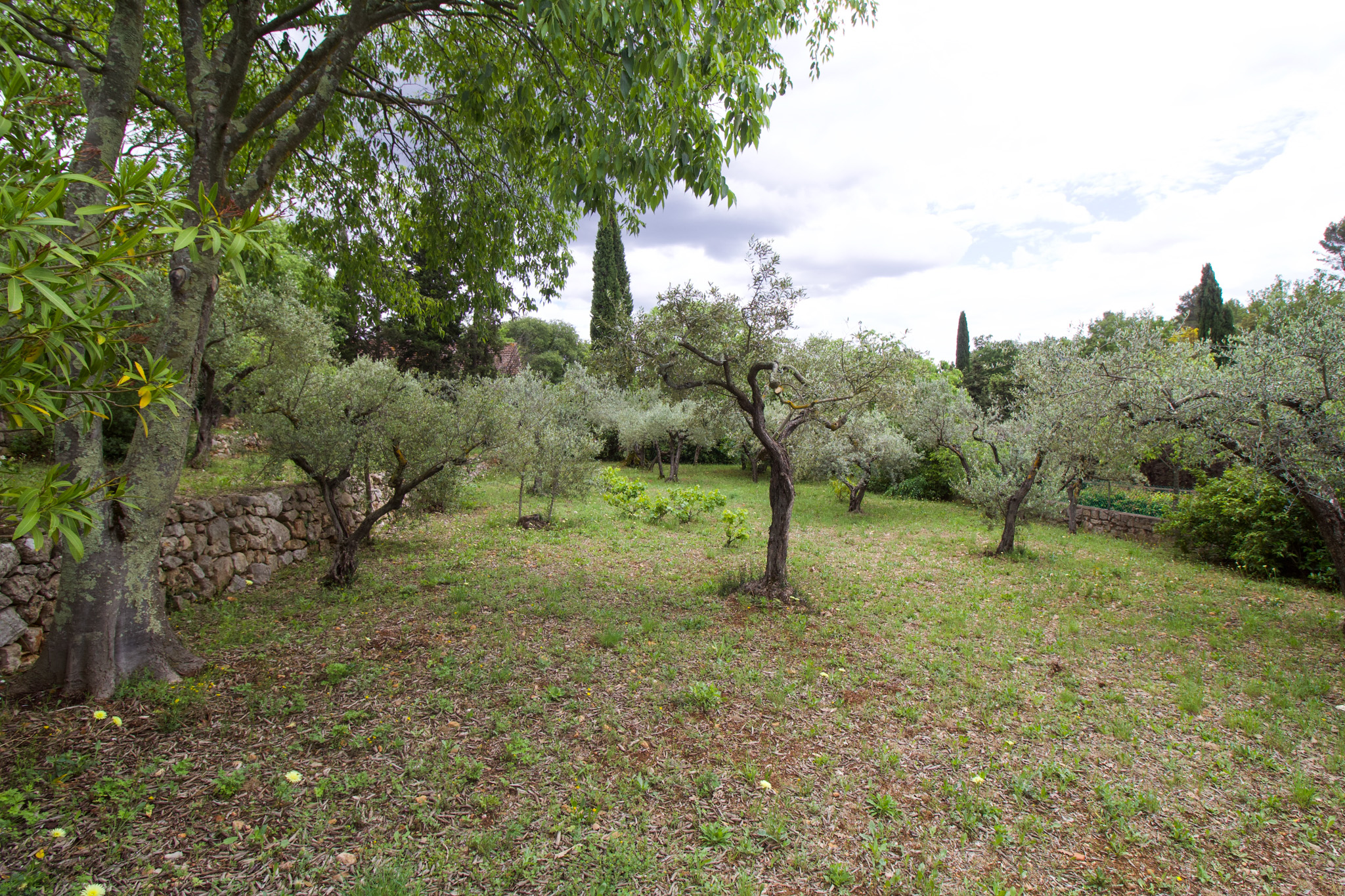Olive trees are an iconic feature of the Provence region. With their twisted trunks and silver-green leaves, they dot the landscape, providing shade, beauty, and a tangible link to the region’s rich history and culture.
Some interesting facts about olive trees in Provence:
- Ancient Origins: The olive tree has been cultivated in the Mediterranean region for over 6,000 years, with evidence of its cultivation dating back to the Bronze Age. In Provence, olive cultivation dates back to the 4th century BC, when it was introduced by the Greeks.
- Symbol of Peace: In ancient times, olive branches were used as a symbol of peace, and the olive tree itself was considered sacred. Today, the olive tree remains an important symbol of Provence’s cultural heritage, representing peace, prosperity, and the simple pleasures of life.
- Diverse Varieties: There are over 25 different varieties of olive trees grown in Provence, each with its own unique flavor profile and characteristics. Some of the most common varieties include the Aglandau, Bouteillan, and Picholine.
- Harvest Season: Olive trees in Provence are typically harvested from October to December, with the exact timing dependent on the weather conditions and ripeness of the fruit. The olives are typically harvested by hand, using specialized rakes or nets to collect the fruit.
- Culinary Uses: Olives and olive oil are an important ingredient in Provencal cuisine, with dishes ranging from salads and tapenades to stews and roasted meats. In addition to their culinary uses, olive oil is also used in skincare and beauty products, due to its moisturizing and nourishing properties.
- Economic Importance: Olive cultivation remains an important part of the economy in Provence, with many small-scale producers and cooperatives working to preserve traditional cultivation methods and promote sustainable agriculture.
In conclusion, olive trees are an important part of Provence’s cultural heritage and natural landscape, representing peace, prosperity, and the simple pleasures of life. Whether enjoyed in cuisine, skincare, or simply as a beautiful and iconic feature of the landscape, the olive tree continues to play an important role in the region’s rich history and culture.
A house in the Provence with a small olive grove? Please find more information here.
